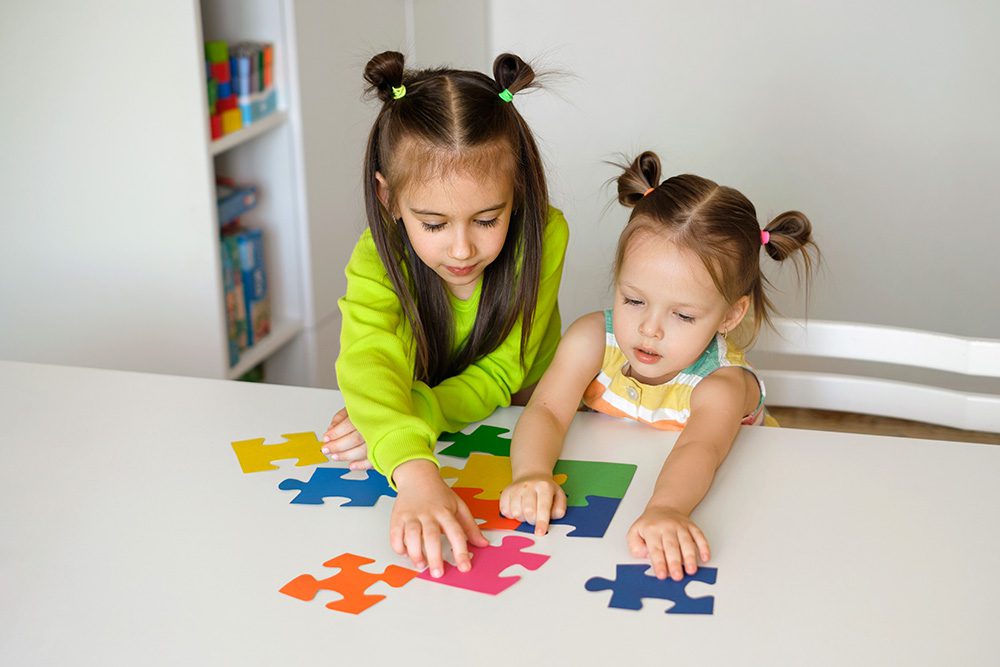Choosing the Right Intervention for Autism

Over the past few decades, the prevalence of autism spectrum disorder (ASD) has increased remarkably.
Currently, prevalence data suggests that 1 in 44 children will receive a diagnosis of ASD (CDC, 2021). Similar prevalence rates have been found across racial, ethnic, and socio-economic groups. Given the current prevalence of ASD, it is not surprising that the autism intervention market is booming.
There are currently over 400 advertised interventions for ASD, the majority of which lack scientific support.
How can families make an informed decision about which intervention to choose for their loved one with ASD?
When seeking an intervention for a loved one with ASD, families should be highly sceptical of interventions that make unsubstantiated claims and promises of recovery or are touted as a “miracle cure” for ASD. There is currently no cure for autism, and these types of statements prey on the emotions of vulnerable family members.
In addition, families should be sceptical of interventions that rely heavily on testimonials or personal opinions to support their effectiveness, in the absence of scientific support.
Third, parents should be sceptical of any interventions that purport to treat the symptoms of autism without teaching new skills.
Interventions including brushing, massaging, listening to tones on headphones, herbal supplements, gluten-free diets, etc., claim to treat autism, but fail to teach the functional life skills that children with autism need to achieve real independence.
So what should families look for when selecting an intervention?
Virtually all interventions that have been classified as effective for children with autism are based on the principles of Applied Behaviour Analysis (ABA). ABA interventions have four core components.
First, they include an objective assessment of the child’s strengths and skill deficits prior to intervention.
Second, importance is given to understanding to current and future value of a behaviour or skill – to the child and his or her family.
Third, the focus is on teaching small behaviours, which build toward larger functional life skills such that the child’s health, independence, and quality http://dailyhealthymale.com/ of life are improved.
Finally, they include ongoing data collection and data analysis to maximise progress toward goals and to inform clinical decision-making.
Published On : May 18, 2022
Read more
Published On : May 18, 2022
Discrete trial teaching (DTT) involves breaking larger skills down into small, or ‘discrete,’ teachable components.
Published On : May 18, 2022
Suspecting your child might have autism can be scary for parents. If you haven’t had much experience with Autism Spectrum Disorder (ASD), it can be difficult to pick up on some early signs of autism.


